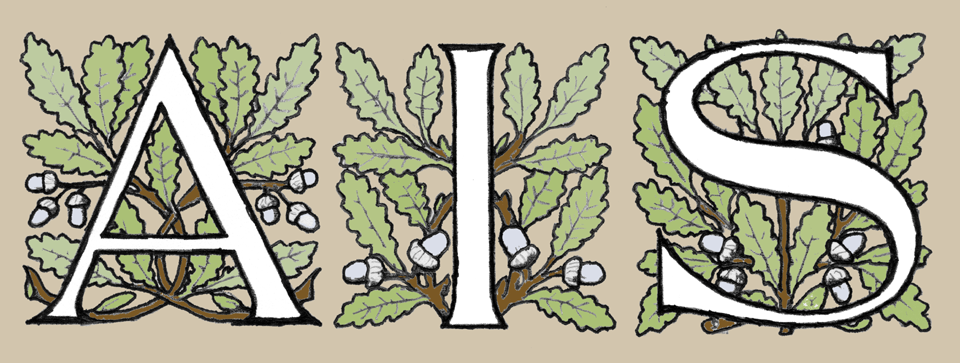
Guidelines for Taking Wood Samples from Objects of Antiquity
(These are best-case scenario guidelines, and should be followed when possible.)
Where To Sample
- In an unexposed area of the object that is not structurally crucial.
- In an area of straight grain, free from knots and burls.
- Please avoid areas such as nail/nail holes, labels or signatures, saw or drill marks, joinery or beneath hardware.
What To Sample
- Secondary woods (structural or from hidden areas).
- Any parts of the object which one is uncertain about.
- Any parts of the object which superficially appears to be made of different wood.
How To Sample
Sample Size Requirements*
- Antiques/Large Objects d’Art/Furniture
Softwoods (pine, spruce, fir, etc.) – at least match stick size (2mm X 2mm X 15mm with the grain).
Hardwoods (oak, walnut, sweet gum, etc.)- at least pencil eraser size (8mm X 8mm X 20mm with the grain).
Common Tropical Woods (Mahogany, etc.) – at least a ½ in. cube (much larger for exotic tropicals – see below).
- Diminutive Antiques/Objects d’Art
Please contact us to discuss the possibility of sending the entire object to us for less intrusive “micro-surgery”. Cost is $75/analysis.
- Industrial Samples (Lumber/Flooring/Architectural/Beams/Joists, etc.)
Samples should be large in comparison to the above, approximately 4 in. (with the grain) X 2 in. X 2in.
- Exotic Tropical Woods
Samples should be at least 6 in. (w/the grain) X 4 in. X 1 in. thick, and rectangular (this allows for an accurate density calculation, necessary for an accurate ID).
IMPORTANT! You are paying for our time to do the wood id. If samples are very small or poorly taken, we will do our best to get a positive ID. If that’s not possible, due to poorly taken samples or samples that are very small, resamples are $50 each.
Sample Integrity*
- Samples should be free from, irregular grain, punky or rotted areas and insect holes.
- Samples should be taken in one, solid piece. Small flakes are unacceptable.
Sample Taking
- Use a stout, very sharp knife or a ¼” chisel.
- Make first cut across the grain and about ¼” deep. (Figure A on web-site)
- Make second cut across the grain, at least ¼” away from first cut. (B on web-site)
- Align the chisel with the grain, between the first two cuts and about ¼” below the edge of the wood. (C on web-site)
- Insert the chisel and twist to pry or pop the sample out. (C on web-site)
Sample Preparation
- Place each sample in a coin envelope and mark the envelope with the name of the object and from where it came.
- Place sample envelopes in a padded mailer to avoid crushing in the mail.
- See SHOP page for instructions on where to send samples and payment.
